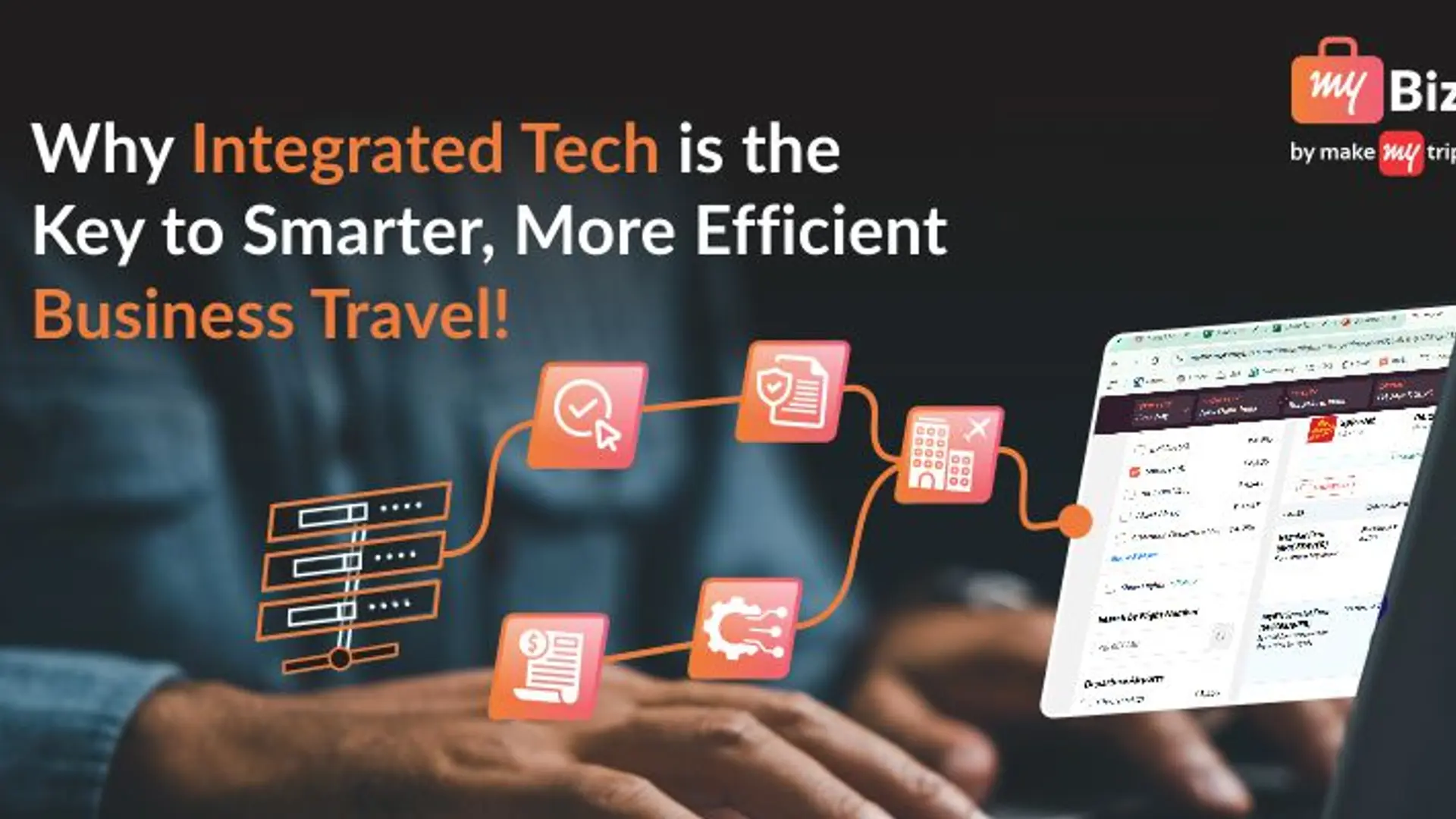Creating an effective ‘Hybrid Workplace’
Companies are now increasingly opting for the hybrid model over traditional working arrangements as it provides higher productivity, increases job satisfaction, and worker loyalty.
The hybrid workplace model plays an integral role in the way organisations operate today. Looking ahead, all future workforce strategies will likely be developed having the core elements of this model in mind.
A recent study highlighted that an increasing number of Gen Z and Millennials in India have a preference towards hybrid work arrangements. The rise of this workplace style blends the structure and culture of a traditional office environment, with the added benefit of having the autonomy of working from home.
The increasing inclination to work from home, coupled with the rise of the gig economy, has caused many to ponder and envision what the future of the workplace will look like.
Benefits of the new world of work
Before the pandemic, a limited number of organisations had work from home policies. However, this model has proven to be much more conducive to successful employee work-life balance than the strict office-based work environment. In fact, companies are now opting for the hybrid model over traditional working arrangements.
Some of the major benefits of the hybrid workplace are:
● Higher productivity, driven by greater flexibility, increased focus while working, and lower absenteeism.
● Employees that are able to incorporate an element of remote working into their week can better manage their work and personal commitments, while also saving money on personal expenses such as travel. This results in an increase in job satisfaction and worker loyalty.
●Remote working can also reduce distractions that come from working in a crowded environment. Employees can focus on tasks that demand more attention when there are less interruptions from peers, which can be a major source of lost time.
Startups may be more resilient with hybrid offices. The size of a startup allows for a lot of customisation and flexibility for the convenience of its employees. Despite having the best of intentions, more established businesses typically lack this feature because of their rigid policies and ingrained procedures.
Finetuning business models
Collaboration is the key to building an effective hybrid workplace. Organisations must collaborate with their employees to gather better insights into their priorities and needs in order to create the best working environment. Having conversations with prospective employees to better understand the market expectations when it comes to the workplace will also aid businesses in tailoring their offering to meet the needs of existing and new employees.
Culture is critical. Creating ways for employees to socialise and interact in person on a regular basis is also crucial to boost staff morale and mental health. While more organisations are creating opportunities for employees to spend more time together, all workplaces should consider offering mental wellbeing tools and support.
According to the ADP Research Institute’s People at Work 2022 Report, to date, only 39.56 percent of Indian employees have access to counselling that supports their well-being.
Ultimately, it is essential to implement practices that have shown success of the hybrid workplace model.
Startups thriving with a hybrid workforce
After a year of plentiful liquidity, an increase in inflation and interest rates has had a knock-on effect for startup funding as investors reduce their investments in public and private markets and shift their funds to bonds.
With a hybrid workforce, you can focus on employing people who have the right talents and are a good match for your firm rather than being constrained by geography. Your employees are more likely to manage their workloads, take ownership, and put more effort into their job when they have greater freedom where they work.
By lowering the cost of real estate and office supplies, a hybrid model helps employees, as well as employers, save money by reducing their expenses.
One of the most crucial elements of a successful shift to remote working is open communication. Startup CEOs and founders must offer the appropriate collaborative tools for both on-site and remote workers to ensure that all staff members function effectively in any situation.
Challenges
A hybrid workplace is not always a ‘one size fits all’ scenario. When considering the transition to the hybrid workplace model, it is essential to take into account each department and team within the business. This practice allows areas of the business to set up arrangements that best work for them.
Proximity bias can also represent an issue. Proximity bias develops when an employer tends to favour the employees they see on a regular basis. While this has been a major concern for the majority of employees working remotely in the past, a hybrid workplace can help organisations deal with the challenges of proximity bias.
Working solely from home over the past two years has proven to have negative impact on the mental health of employees worldwide. The hybrid workplace offers a refuge from stress, wherein employees are able to fulfil their social connections and needs, while also providing them the space to work from the comfort of their own environment.
Future of ‘The Hybrid Workplace’
While hybrid working can represent the best of both working worlds, this shift could require an investment in more sophisticated technology. Furthermore, a recent study highlighted that a significant percentage of women are quitting their jobs due to lack of flexibility, developing a phenomenon labelled as ‘Flexidus.’
The hybrid work model can balance the needs of employees and employers when done right. To create a successful hybrid work environment, companies must first listen to their people and ensure that their needs and well-being are met, ensuring a safe, healthy, and productive future.
Ultimately, to keep up with the demands of the current workforce, organisations need to be flexible and provide employees with a working environment that considers the requirements of both employers and the business. The concept of ‘the office’, as we know it, will likely never be the same again.
(Disclaimer: The views and opinions expressed in this article are those of the author and do not necessarily reflect the views of YourStory.)







